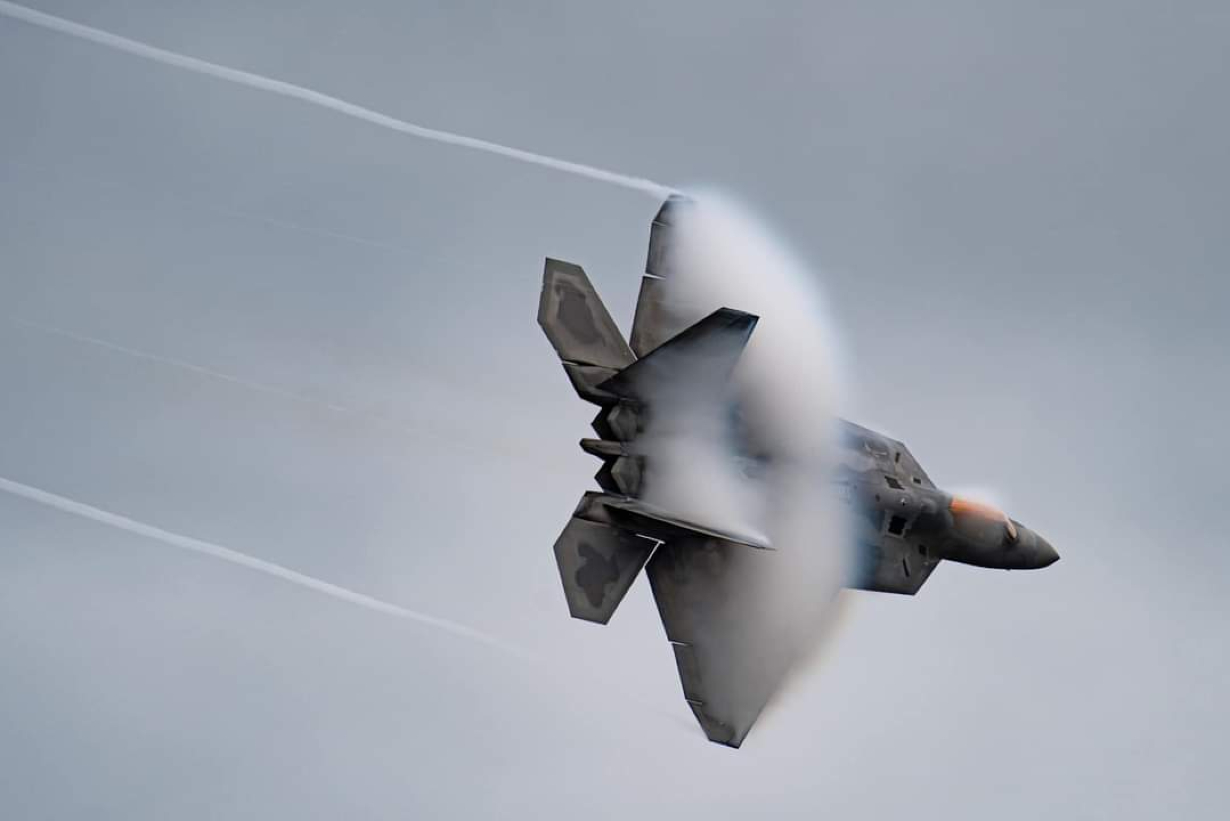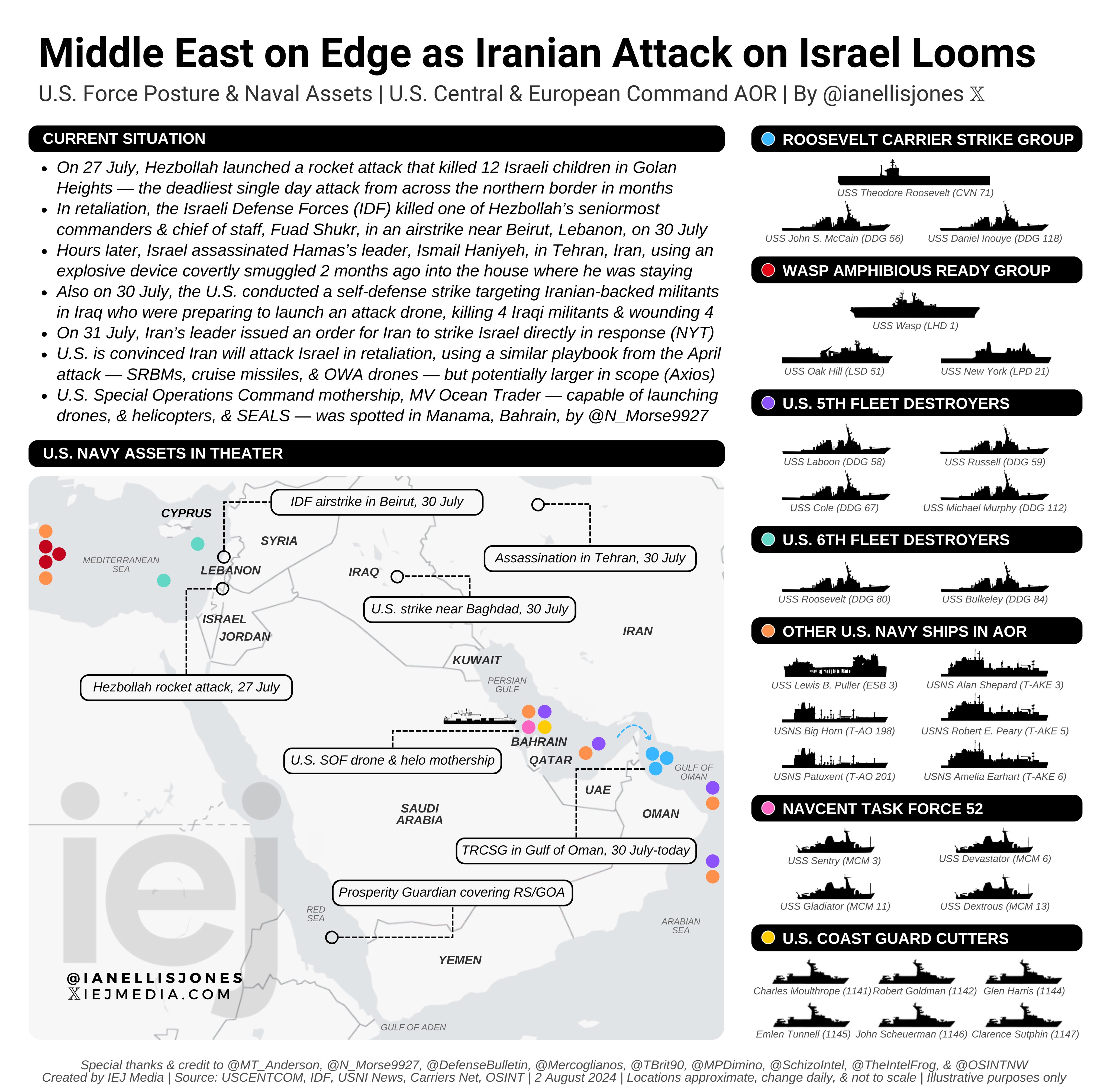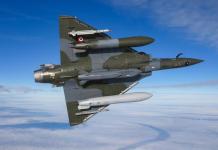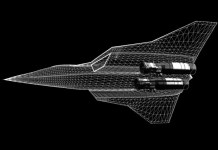Amid flaring tensions in the Middle East between Israel and Iran, Washington plans to substantially reinforce the region with cutting-edge military platforms. This deployment consists of a carrier strike group, extra warships, and an F-22 fighter squadron, according to the New York Times.
This deployment marks one of the biggest additions to the US military might in the region since the early days of the Gaza war. At that time, the Pentagon had dispatched two carrier strike groups as a deterrent against regional militant groups.
The current buildup is prompted by concerns that Iran, alongside its proxies, Hamas, Hezbollah, and Houthis, might launch a massive attack on Israel to avenge the assassination of Hamas chief, Ismail Haniyeh.
Iran appears to be vigorously readying for a possible confrontation, with media sources suggesting that major developments may be on the horizon. Iranian broadcasts have been featuring the Iran-Iraq war anthem, demonstrating the heightened state of alert within the Islamic nation.
‘Raptor Salad’ For Lunch! US F-22 Raptor Outgunned, Outmaneuvered By German Eurofighter Typhoon?
Earlier this year, Iran displayed its ability to retaliate with an extensive missile and drone attack on Israel, which followed an Israeli strike on a consular building adjacent to the Iranian Embassy in Damascus. The attack, which killed three senior Islamic Revolutionary Guard Corps (IRGC) commanders, saw Tehran launch over 300 projectiles (drones and missiles).
The US and its allies played a crucial role in thwarting these threats, with US Air Force F-15E Strike Eagles being especially effective in intercepting over 70 Iranian drones.
Should a large-scale Iranian attack occur, the US Air Force is expected to play a significant defensive role once again. US Defense Secretary Lloyd J. Austin III has directed the deployment of an extra fighter squadron to the Middle East and, this time, could employ F-22 Raptors, as NYT reported.
The F-22 Raptor is widely considered one of the most advanced fighter jets ever created. It has the lowest radar cross-section of any aircraft, making it invisible to enemy radars.
While the F-22 Raptor has not been used in combat against Iran, its capabilities and prowess offer a strategic advantage to the US military. The Raptor’s stealth, speed, and advanced systems provide massive operational benefits, from securing air dominance to supporting broader military objectives in the hostile region. The deployment of the F-22s sends a clear message to Iran about any misadventures.

In February, two B-1B Lancer bombers from Dyess Air Force Base conducted strikes on Iranian-backed militias and the Islamic Revolutionary Guard Corps or IRGC-related targets in Syria and Iraq in retaliation for a drone attack that killed three US soldiers in Jordan.
Some regional allies are willing to host US military forces but choose to keep these arrangements private. In the Middle East, US aircraft are stationed at several bases, including Prince Sultan Air Base in Saudi Arabia and Al-Dhafra Air Base in the UAE.
F-16s “Sitting Ducks” For Russian MiG-31 Fighters? Putin Warns Of Consequences Over Fighting Falcons
US aircraft are also stationed at Ali Al Salem Air Base and Ahmed Al Jaber Air Base in Kuwait, as well as at Al Udeid Air Base in Qatar, the largest US airbase in the Middle East. However, these countries have reportedly previously prohibited the US from using their airspace and air bases for attacks against Iran.
Additionally, F-16C/D fighter jets forward-deployed from Aviano Air Base in Italy have been actively participating in air defense missions in the area.
Further, the USS Theodore Roosevelt (CVN-71), which is equipped with F/A-18E/F Super Hornets and EA-18G Growlers, is also well-positioned to enhance defenses against aerial threats.
US To Boost Its Maritime Posture
Besides enhancing its aerial defense, the US is also modifying its maritime strategy in response to regional tensions.
Secretary of Defense Lloyd J. Austin has ordered the USS Abraham Lincoln aircraft carrier strike group to the Middle East to replace the USS Theodore Roosevelt carrier strike group. The Roosevelt, currently stationed in the Gulf of Oman, is set to return home later this summer.
The move indicates that the Pentagon intends to maintain a consistent carrier presence in the region as a deterrent against Iran at least until next year.
Further, destroyers and cruisers equipped with ballistic missile defense capabilities will be deployed to both the Middle East and the Mediterranean Sea. However, specific details about which new ships will be sent to the Middle East are still unclear.
During Iran’s April missile attacks on Israel, the USS Arleigh Burke and the USS Carney successfully intercepted Iranian ballistic missiles using Standard Missile-3 (SM-3) interceptors, marking the first combat use of these weapons.
The US has maintained a steady naval presence in the region and the eastern Mediterranean, including two Navy destroyers, the USS Roosevelt and the USS Bulkeley, as well as the USS Wasp and the USS New York.

The Wasp and the New York, part of the amphibious ready group, carry a Marine expeditionary unit that could be deployed if necessary to evacuate US personnel.
Additionally, The Times Of Israel reported that two US Navy destroyers currently in the Middle East will be repositioned northward through the Red Sea to the Mediterranean Sea, with at least one potentially remaining in the Mediterranean if needed.
The Pentagon is also planning to enhance land-based ballistic missile defense in the region, though specific systems have not yet been identified. Potential additions could include the Patriot or Terminal High Altitude Area Defense (THAAD) systems, which use trailer-based mobile launchers to deploy interceptor missiles.
- Contact the author at ashishmichel(at)gmail.com
- Follow EurAsian Times on Google News




